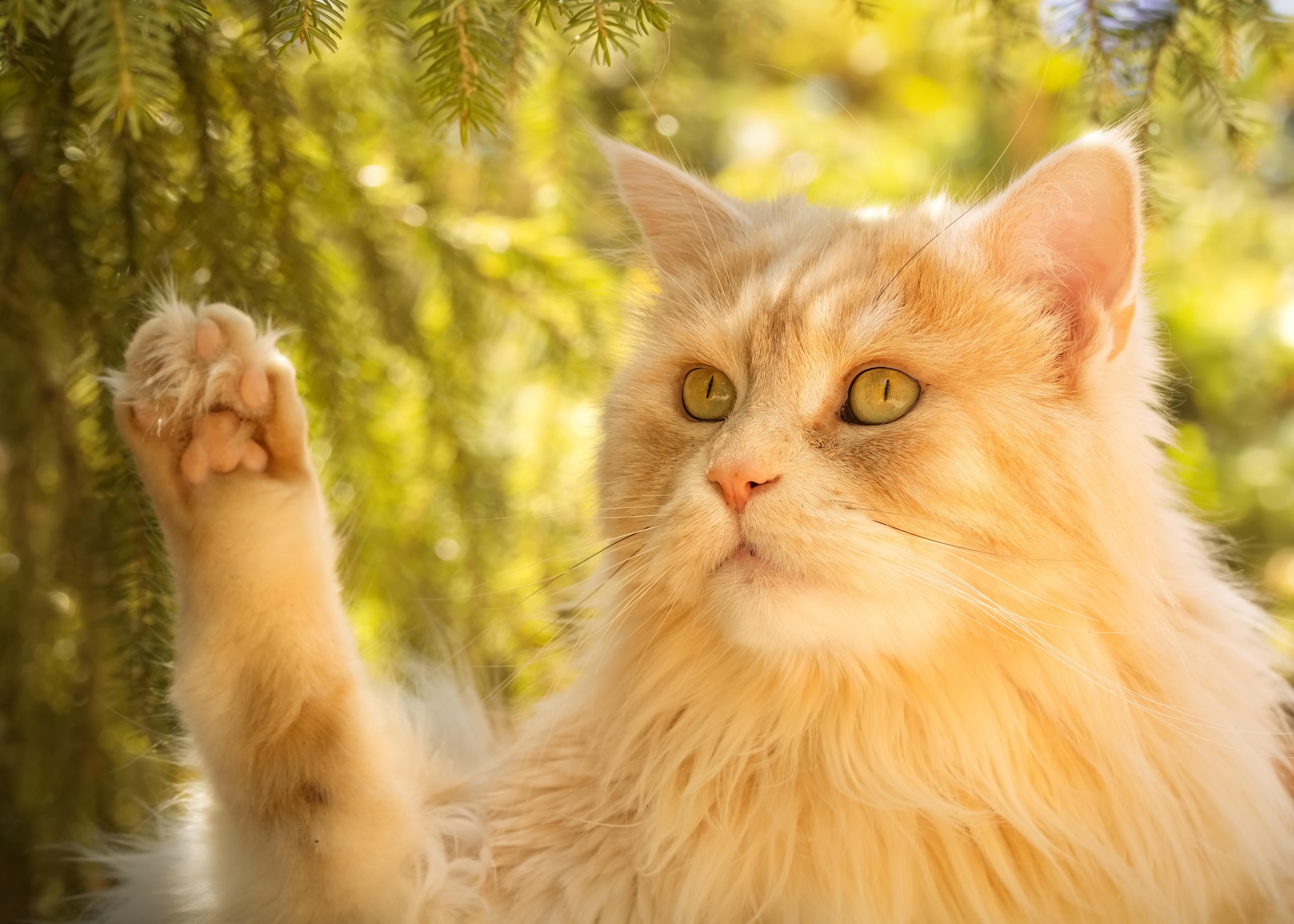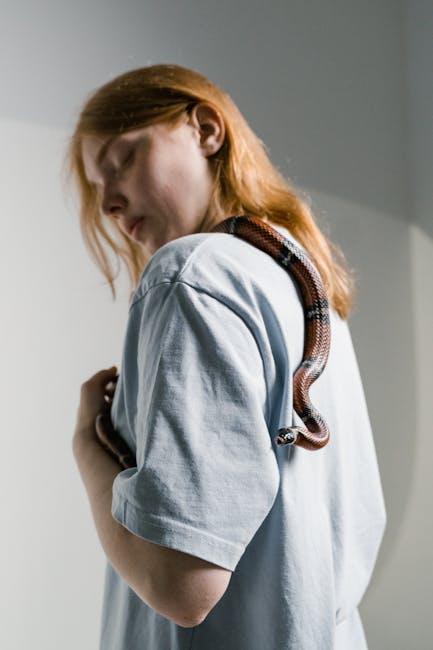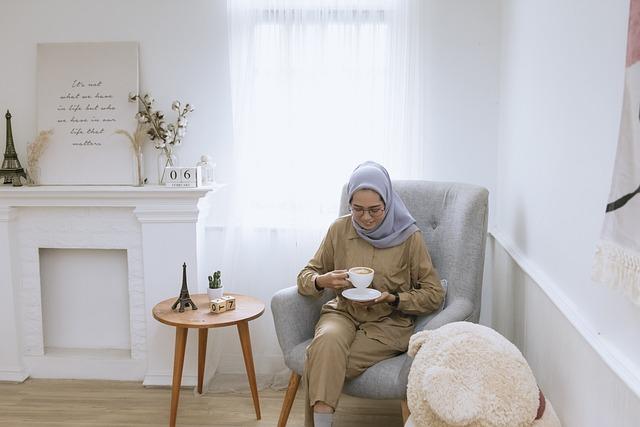In a world bustling with unpredictability and change, it’s not just humans who feel the weight of anxiety—our furry friends do too. Whether it’s the sound of thunder rumbling in the distance, the sight of a suitcase signaling an impending departure, or even just the everyday stresses of a busy household, our pets can experience anxiety just as acutely as we do. But fear not, compassionate pet parents! This article is your go-to guide, filled with vet-approved tips and heartfelt advice to help soothe your anxious companions. With a blend of expert insights and tender care, we aim to turn those worried whimpers into purrs of contentment and tail wags of joy. So, grab a cozy blanket, cuddle up with your four-legged friend, and let’s embark on a journey to a calmer, happier life for your beloved pet.
Understanding the Roots of Your Pet’s Anxiety
Just like humans, pets can experience anxiety for various reasons, and understanding these triggers is the first step towards helping them. Pets often develop anxiety due to:
- Separation: Many pets, especially dogs, feel anxious when left alone for extended periods. This can manifest in behaviors like excessive barking or destructive chewing.
- Loud Noises: Thunderstorms, fireworks, or even household appliances can be terrifying for pets, leading to trembling, hiding, or trying to escape.
- Changes in Environment: Moving to a new home, the arrival of a new family member, or even rearranging furniture can unsettle pets and cause anxiety.
- Past Trauma: Rescued animals often carry the weight of past traumas, which can make them more prone to anxiety in seemingly normal situations.
Recognizing these anxiety triggers in your pet is crucial for managing their stress effectively. By observing their behavior and noting any changes in their routine, you can better address their needs and create a more comforting environment.
Creating a Safe and Calm Environment at Home
Transforming your home into a sanctuary for your anxious pet can make a world of difference. Begin by designating a quiet, comfortable space where your pet can retreat when feeling overwhelmed. This could be a cozy corner with their favorite blanket, a soft bed, or even a crate draped with a calming cover. Consistency is key; try to maintain a stable environment with familiar scents and sounds.
- Soft Lighting: Opt for dim lighting or soft lamps to create a serene atmosphere.
- Calming Music: Play gentle, soothing tunes or nature sounds to help drown out stressful noises.
- Aromatherapy: Use pet-safe essential oils like lavender or chamomile to promote relaxation.
- Routine: Stick to a regular schedule for feeding, walks, and playtime to provide a sense of stability.
Incorporating these elements into your home environment will not only help alleviate your pet’s anxiety but also foster a deeper sense of trust and security.

Natural Remedies and Calming Products to Consider
When it comes to managing pet anxiety, natural remedies and calming products can be a gentle yet effective approach. Consider incorporating the following options into your pet’s routine:
- Herbal Supplements: Chamomile, valerian root, and passionflower are known for their soothing properties. Always consult with your vet before introducing any new supplements.
- Essential Oils: Lavender and chamomile oils can be diffused in your home to create a tranquil environment. Ensure the oils are pet-safe and used in moderation.
- Calming Treats: Many brands offer treats infused with ingredients like L-theanine and melatonin, designed to reduce anxiety and promote relaxation.
- Comforting Apparel: Products like anxiety wraps and vests apply gentle pressure to your pet’s body, similar to swaddling a baby, which can have a calming effect.
- Pheromone Diffusers: These devices release synthetic pheromones that mimic the natural calming scents pets produce, helping to reduce stress and anxiety.
Integrating these natural remedies and calming products into your pet’s care regimen can make a significant difference in their overall well-being and stress levels.

Building a Routine: Consistency is Key for a Happy Pet
Establishing a consistent routine for your pet can work wonders in reducing their anxiety and promoting overall happiness. Animals thrive on predictability, and having a set schedule helps them feel secure and relaxed. Here are some key aspects to consider when building a routine for your furry friend:
- Feeding Times: Ensure you feed your pet at the same times each day. This not only helps with digestion but also creates a sense of stability.
- Exercise: Regular physical activity is crucial. Schedule daily walks or play sessions to keep your pet physically and mentally stimulated.
- Sleep: Create a quiet and comfortable sleeping area. Consistent sleep patterns are essential for your pet’s well-being.
- Training: Incorporate short training sessions into your routine. Positive reinforcement and repetition help build confidence and reduce stress.
- Alone Time: Gradually get your pet accustomed to being alone. Start with short intervals and increase the duration over time to minimize separation anxiety.
By adhering to a routine, you provide your pet with a sense of predictability and security, which is fundamental in managing anxiety and fostering a joyful life.


































